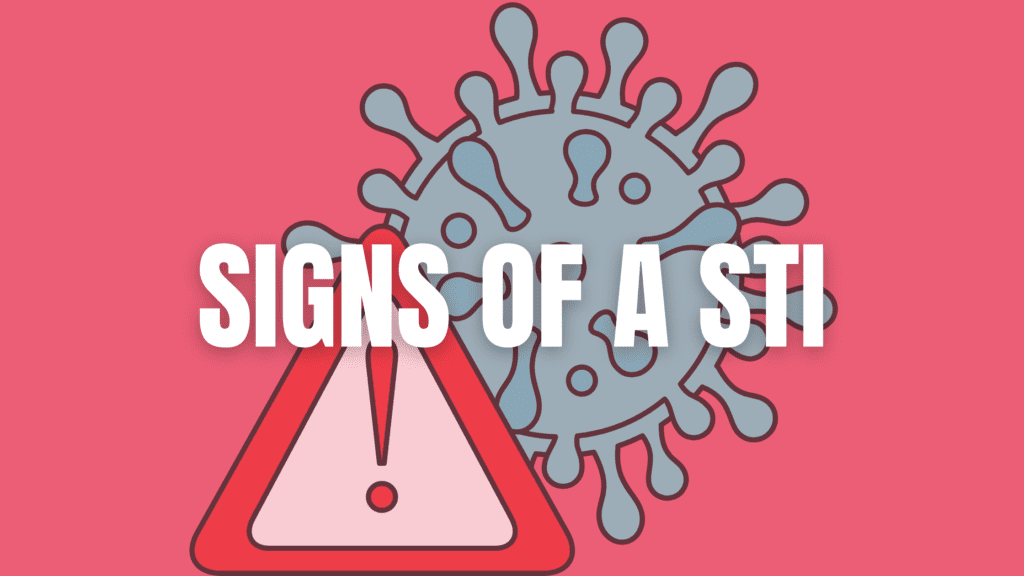Sexually transmitted infections (STIs) can affect anyone who is sexually active. Knowing how to spot the signs early is crucial for protecting your health and preventing the spread of infections. In this blog, we’ll cover everything you need to know about checking for signs of an STI, when to seek help, and how to stay protected.
What Are STIs?
STIs are infections spread through sexual contact, including vaginal, anal, or oral sex. Common STIs include chlamydia, gonorrhea, syphilis, herpes, HIV, human papillomavirus (HPV), and trichomoniasis. Some STIs can cause long-term health problems if left untreated, so early detection is essential.
Why Is It Important to Check for STIs?
Many STIs don’t show symptoms at first, which means you could have an infection without realizing it. Regular checks help:
- Protect your health.
- Prevent long-term complications like infertility or organ damage.
- Reduce the risk of spreading the infection to others.
Signs and Symptoms of STIs
Different STIs can cause different symptoms. Here are some common signs to look out for:
1. Genital Symptoms
- Unusual discharge from the vagina, penis, or anus.
- Pain during urination or sex.
- Itching, irritation, or swelling in the genital area.
- Sores, blisters, or warts around the genitals or anus.
2. General Symptoms
- Fever or flu-like symptoms (common with HIV or syphilis).
- Unexplained rashes or spots on the skin.
- Swollen lymph nodes in the groin, neck, or armpits.
3. Oral Symptoms
- Sore throat or mouth ulcers (common with oral STIs).
- White patches or redness in the mouth.
4. Anal Symptoms
- Pain, bleeding, or discharge from the anus.
- Warts or lumps around the anal area.
How to Check for Signs of an STI
1. Regular Self-Examinations
Perform a self-check to look for visible signs like sores, bumps, or unusual discharge. Use a mirror for areas that are hard to see.
2. Monitor Your Symptoms
Pay attention to your body. If you notice changes like pain, irritation, or abnormal bleeding, don’t ignore them.
3. Test After Unprotected Sex
Even if you feel fine, get tested after having unprotected sex or if your partner has symptoms of an STI.
4. Routine Medical Checkups
Regular STI screenings are important, especially if you’re sexually active with multiple partners. Many clinics offer confidential testing.
When Should You See a Doctor?
You should see a doctor if you:
- Notice any unusual symptoms.
- Have unprotected sex or a broken condom.
- Find out that a partner has an STI.
- Haven’t been tested in over a year.
Early diagnosis leads to better treatment outcomes. Most STIs can be cured or managed effectively with medication.
How Are STIs Diagnosed?
Your healthcare provider may use one or more of these methods:
- Blood Tests: To check for infections like HIV or syphilis.
- Urine Tests: To detect bacteria causing STIs like chlamydia or gonorrhea.
- Swabs: Samples from the genital area, throat, or anus to identify infections.
Prevention Tips to Stay Protected
1. Use Protection
Condoms and dental dams can reduce the risk of STIs during sex.
2. Get Vaccinated
Vaccines for HPV and hepatitis B can prevent certain STIs.
3. Limit Sexual Partners
Having fewer partners lowers your risk.
4. Communicate With Partners
Discuss sexual history and testing with partners before intimacy.
5. Avoid Sharing Personal Items
Don’t share razors or towels that may carry infections.
Why Early Detection Matters
Untreated STIs can lead to:
- Infertility in both men and women.
- Chronic pelvic pain.
- Increased risk of HIV.
- Complications during pregnancy or childbirth.
Taking action early can prevent these outcomes and protect your health.
FAQs
1. Can I have an STI without symptoms?
Yes, many STIs show no symptoms, especially in the early stages. Regular testing is important to catch them early.
2. How often should I get tested?
If you’re sexually active, aim for annual testing or more frequently if you have multiple partners.
3. Can STIs be cured?
Some STIs, like chlamydia and gonorrhea, can be cured with antibiotics. Others, like herpes and HIV, can be managed but not cured.
4. Can I test for STIs at home?
Yes, there are reliable at-home test kits for some STIs. However, follow up with a doctor for confirmation.
5. Is it embarrassing to get tested?
Not at all! Healthcare providers are trained to handle STI testing confidentially and professionally.
Conclusion
Knowing how to check for signs of an STI and taking proactive steps can protect your health and the well-being of your partners. Regular testing, practicing safe sex, and seeking medical advice when needed are key to staying healthy and confident in your sexual health. Don’t wait—take control today!

